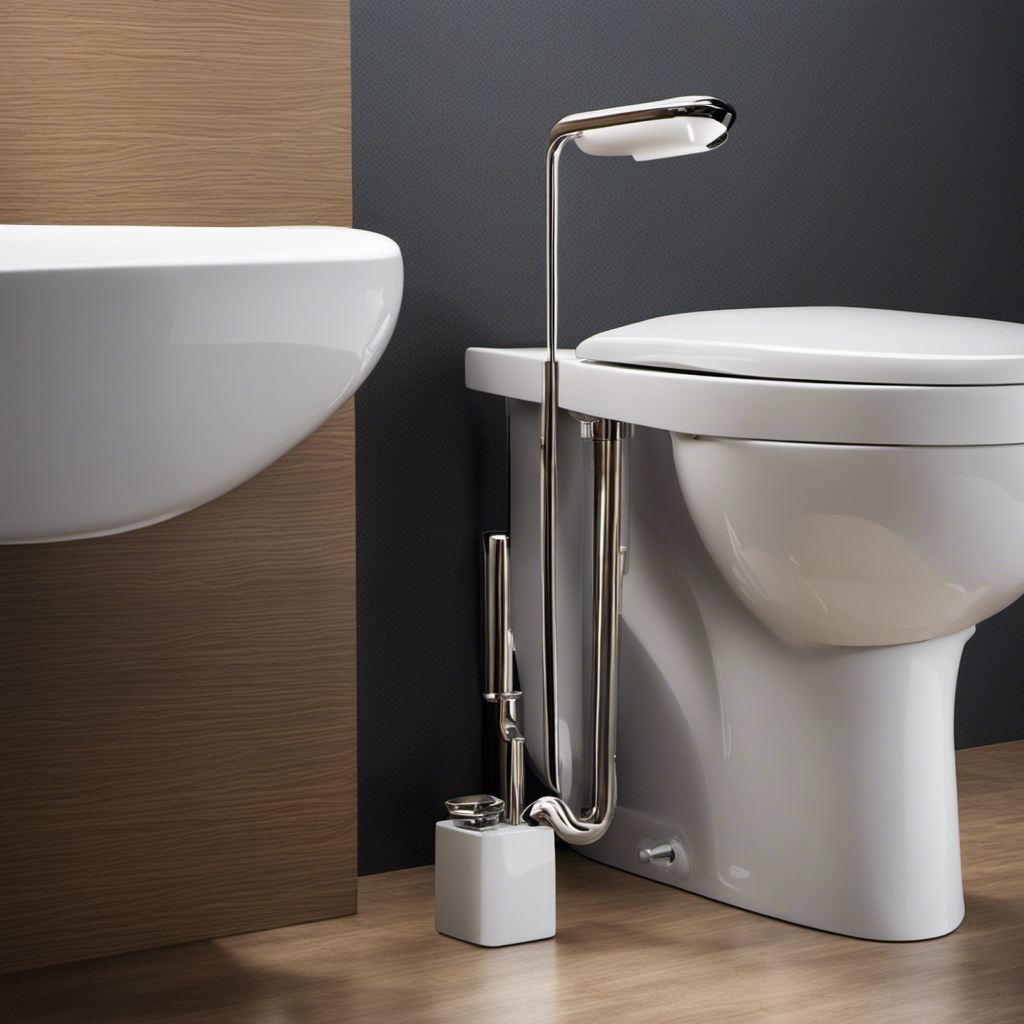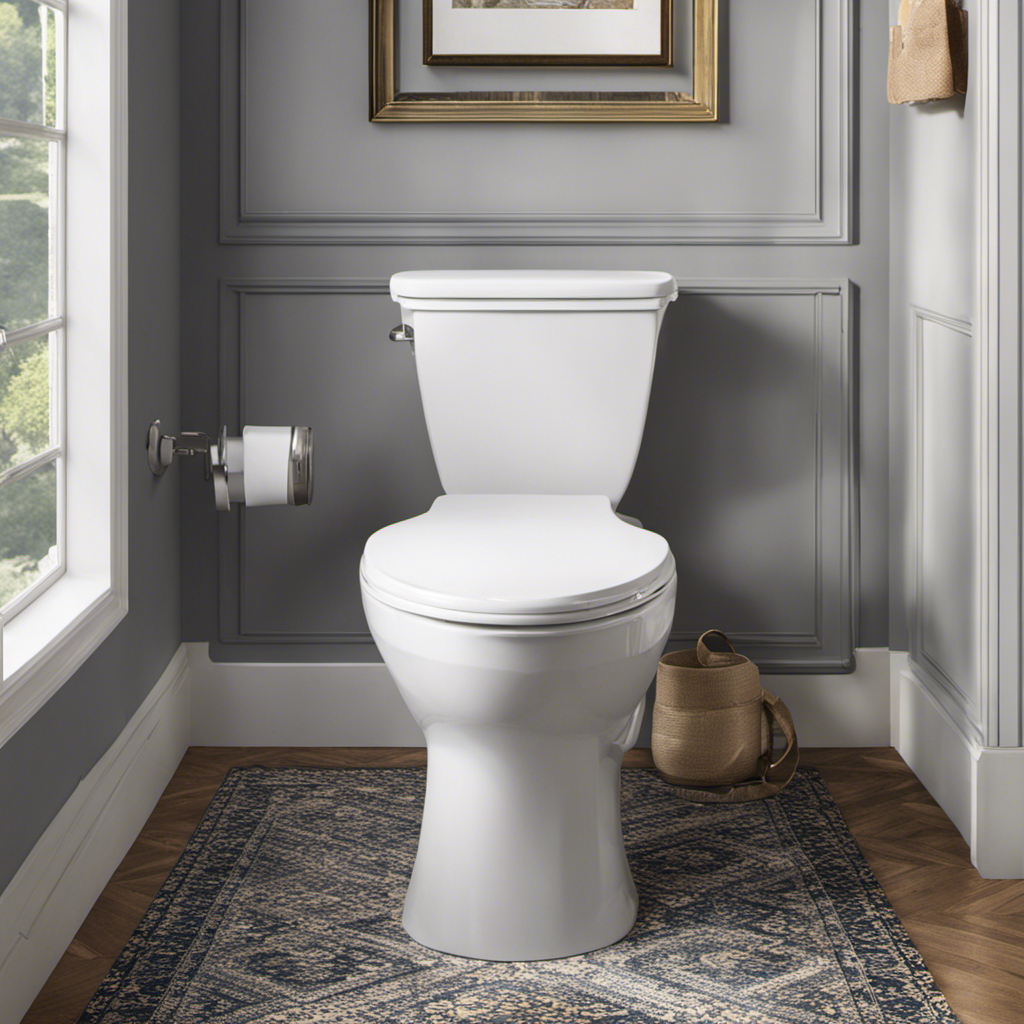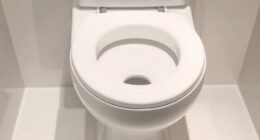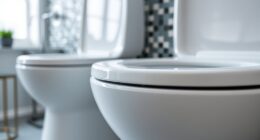The comfort and simplicity of flushing cat litter down the toilet are undeniable! However, is it actually possible to do so with Fresh Step cat litter?
In this article, we’ll dive into the composition of Fresh Step cat litter, explore its solubility in water, and discuss the risks and environmental impact of flushing it.
We’ll also provide alternatives and expert opinions on this matter.
So, let’s embark on this journey of knowledge to make informed decisions about our feline friends and the environment.
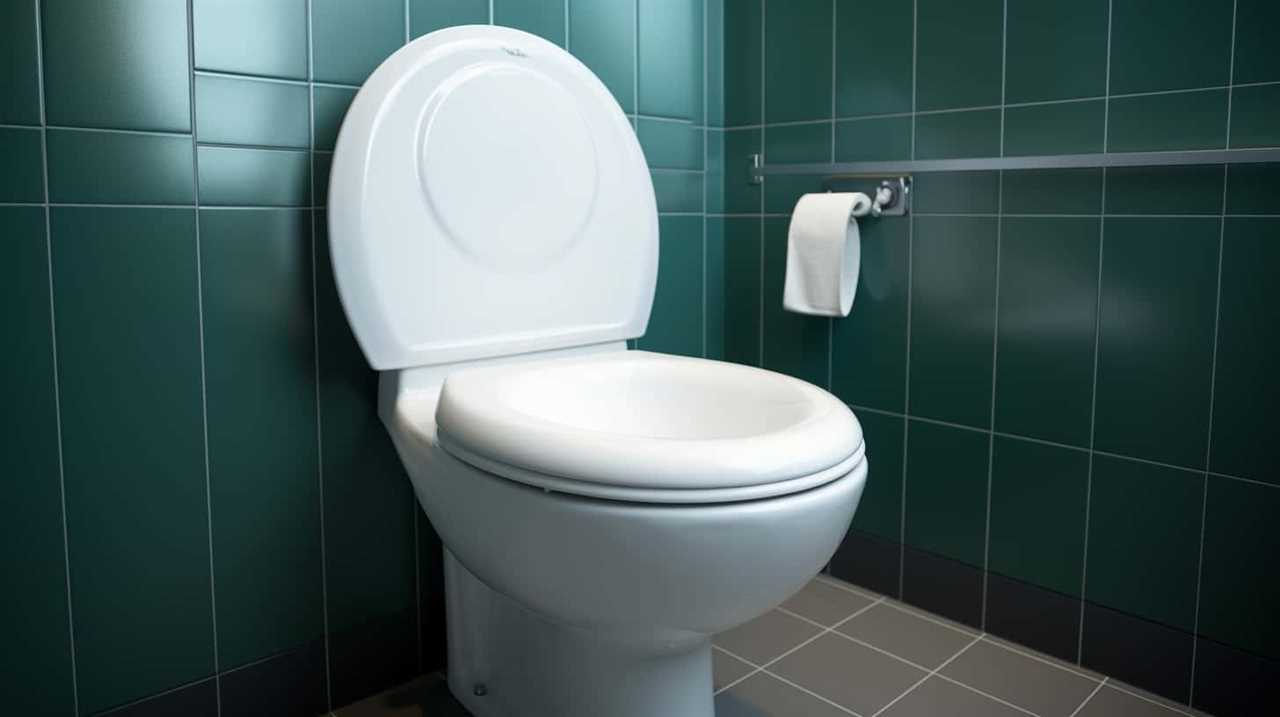
Key Takeaways
- Flushing Fresh Step Cat Litter can lead to plumbing issues and expensive repairs.
- Cat litter, including Fresh Step, can contain harmful chemicals and pathogens that can harm marine life and disrupt ecosystems.
- The production and transportation of cat litter, especially conventional clay litter, contribute to greenhouse gas emissions and habitat destruction.
- There are alternative disposal methods for Fresh Step Cat Litter, such as composting, using biodegradable bags, or utilizing pet waste disposal systems.
Understanding the Composition of Fresh Step Cat Litter
Understanding cat litter composition is essential for cat owners who desire mastery in choosing the right product for their feline friends.
Fresh Step Cat Litter ingredients consist of several key components that work together to provide superior odor control, clumping action, and absorbency.
The main ingredient is clay, which is sourced from natural deposits and processed to create the small granules that make up the litter. This clay is then combined with other ingredients such as activated carbon, which helps to neutralize odors, and a binding agent that allows the litter to clump when wet.
Understanding the composition of Fresh Step Cat Litter allows cat owners to make an informed decision and select a product that meets their cat’s needs.
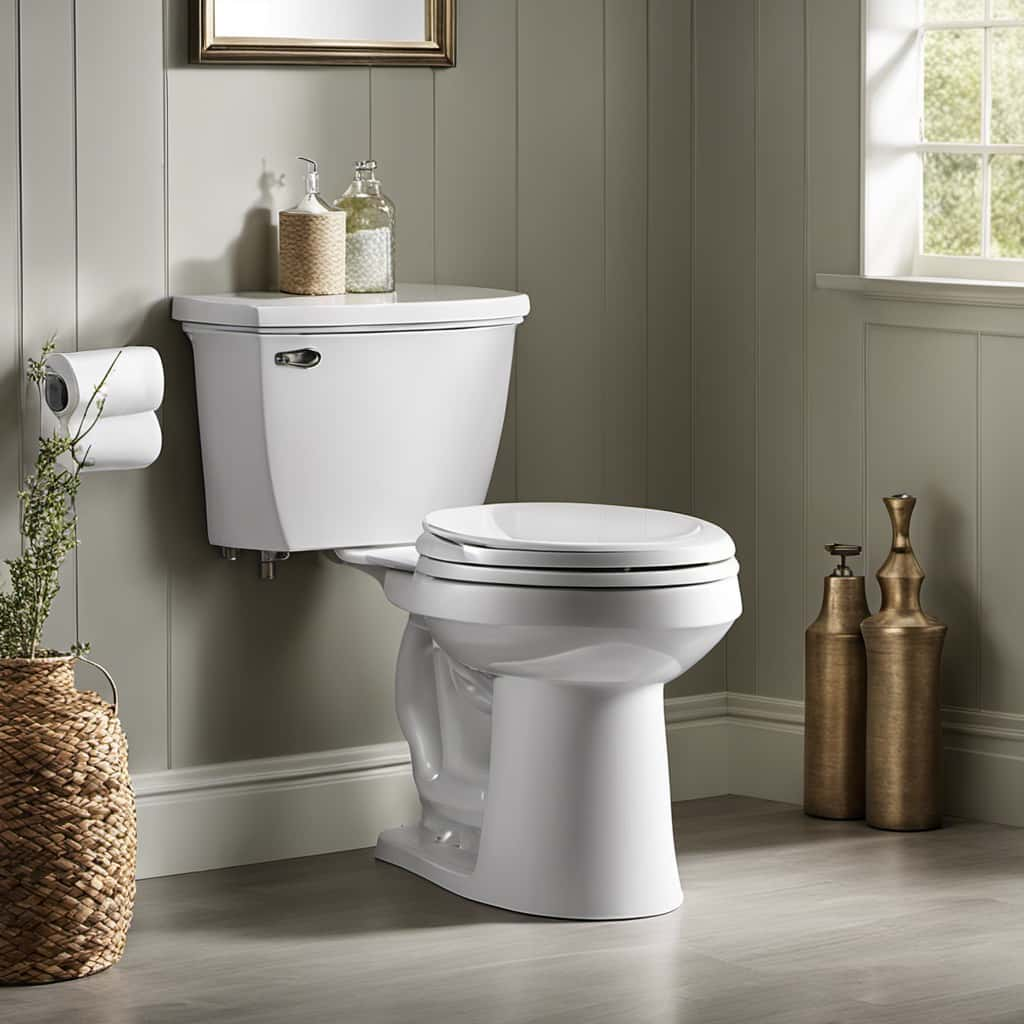
Can Fresh Step Cat Litter Dissolve in Water
As we continue our exploration of the composition of Fresh Step Cat Litter, let’s now delve into whether Fresh Step Cat Litter can dissolve in water. Understanding the dissolving properties of cat litter is crucial, as it can directly impact water pollution.
Here are four key points to consider:
- Fresh Step Cat Litter is primarily made of clumping clay, which is designed to absorb liquid and form solid clumps. This means that it doesn’t dissolve in water.
- The clumping clay in Fresh Step Cat Litter can swell and become heavy when in contact with water, making it difficult to flush down the toilet.
- Attempting to dissolve Fresh Step Cat Litter in water can lead to clogged drains and potential plumbing issues.
- To minimize water pollution, it’s recommended to dispose of used cat litter in the trash, following local waste management guidelines.
Understanding the dissolving properties of Fresh Step Cat Litter in water is important to prevent potential risks associated with flushing. Now, let’s move on to discuss the risks of flushing Fresh Step Cat Litter.
The Risks of Flushing Fresh Step Cat Litter
We often encounter risks when flushing Fresh Step Cat Litter down the toilet. It’s crucial to understand the dangers and health hazards associated with this practice.

Flushing cat litter, including Fresh Step, can lead to several problems. Firstly, cat waste may contain a parasite called Toxoplasma gondii, which can pose a threat to marine life if it enters waterways through flushed litter.
Additionally, cat litter can clog pipes and cause blockages in plumbing systems, resulting in expensive repairs. Furthermore, the chemicals present in cat litter, such as fragrances and clumping agents, can be harmful to the environment and human health when released into water sources.
Therefore, it’s best to avoid flushing Fresh Step Cat Litter and opt for safer disposal methods, such as bagging it and placing it in the trash.
Environmental Impact of Flushing Cat Litter
Flushing cat litter has a significant environmental impact. To understand the environmental impact of cat litter production, it’s important to consider the following:
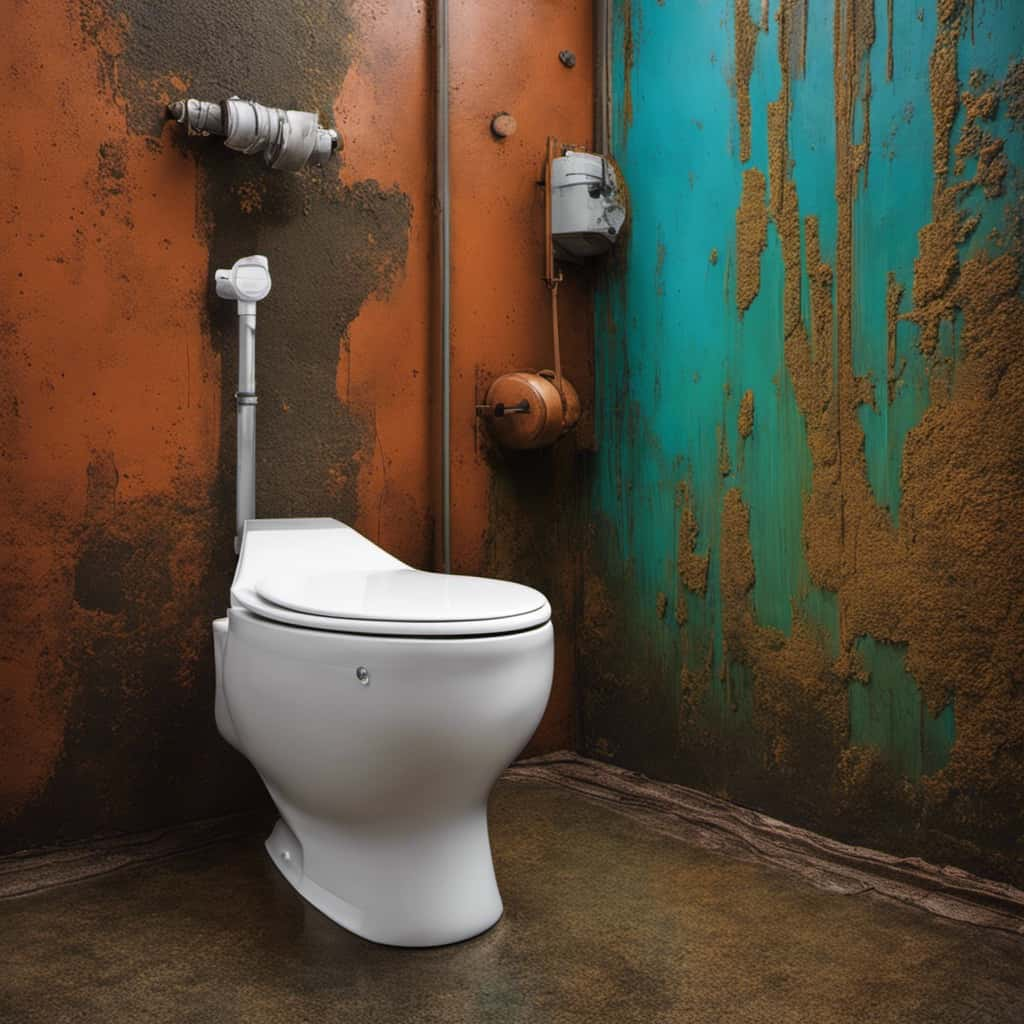
- Resource depletion: Conventional cat litter is often made from clay, which requires the extraction of large amounts of natural resources, leading to habitat destruction.
- Pollution: Flushing cat litter can introduce harmful pathogens and chemicals into water systems, posing a risk to aquatic ecosystems and wildlife.
- Waste generation: Flushing cat litter contributes to the overall waste produced, potentially adding to landfill space and pollution.
- Carbon footprint: The production and transportation of cat litter contribute to greenhouse gas emissions, exacerbating climate change.
To mitigate these environmental impacts, using biodegradable cat litter offers several benefits. Biodegradable options are made from renewable resources, reducing resource depletion. They also break down naturally, minimizing waste generation and pollution.
Transitioning to biodegradable cat litter is a more sustainable choice for cat owners concerned about the environmental impact of flushing cat litter.
Alternatives to Flushing Fresh Step Cat Litter
When it comes to disposing of Fresh Step cat litter, there are alternative options that are both eco-friendly and safe for septic systems.
One option is to use biodegradable cat litter made from materials like recycled paper or wood shavings. These litters are designed to break down naturally over time, reducing the environmental impact.

Another option is to use cat litter disposal systems, which provide a convenient and hygienic way to dispose of used litter without flushing it down the toilet.
Eco-Friendly Disposal Options
An eco-friendly alternative to flushing Fresh Step cat litter is to dispose of it using environmentally friendly methods. Here are four options to consider:
- Composting: If you have a backyard, you can create a dedicated compost pile for your cat’s waste. Make sure to use a separate compost bin specifically for pet waste, as it requires different conditions for decomposition.
- Biodegradable Bags: Use biodegradable bags to collect and seal the used cat litter before disposing of it in the regular trash. These bags are designed to break down naturally over time, reducing their environmental impact.
- Pet Waste Disposal Systems: Consider investing in a pet waste disposal system, which uses enzymes to break down the litter and waste. These systems often come with a dedicated container that can be emptied in the trash or composted.
- Clay Litter Recycling: Some companies offer clay litter recycling programs, where you can send back used litter to be processed and repurposed into new products.
Safe for Septic Systems
For septic system users, we recommend exploring alternative methods of disposal for Fresh Step cat litter. While flushing cat litter may seem convenient, it can pose risks to septic system safety and septic tank maintenance.
Flushing cat litter can clog pipes and overwhelm septic systems, leading to costly repairs and potential environmental damage. It’s important to prioritize the health and functionality of your septic system by using alternative disposal methods.
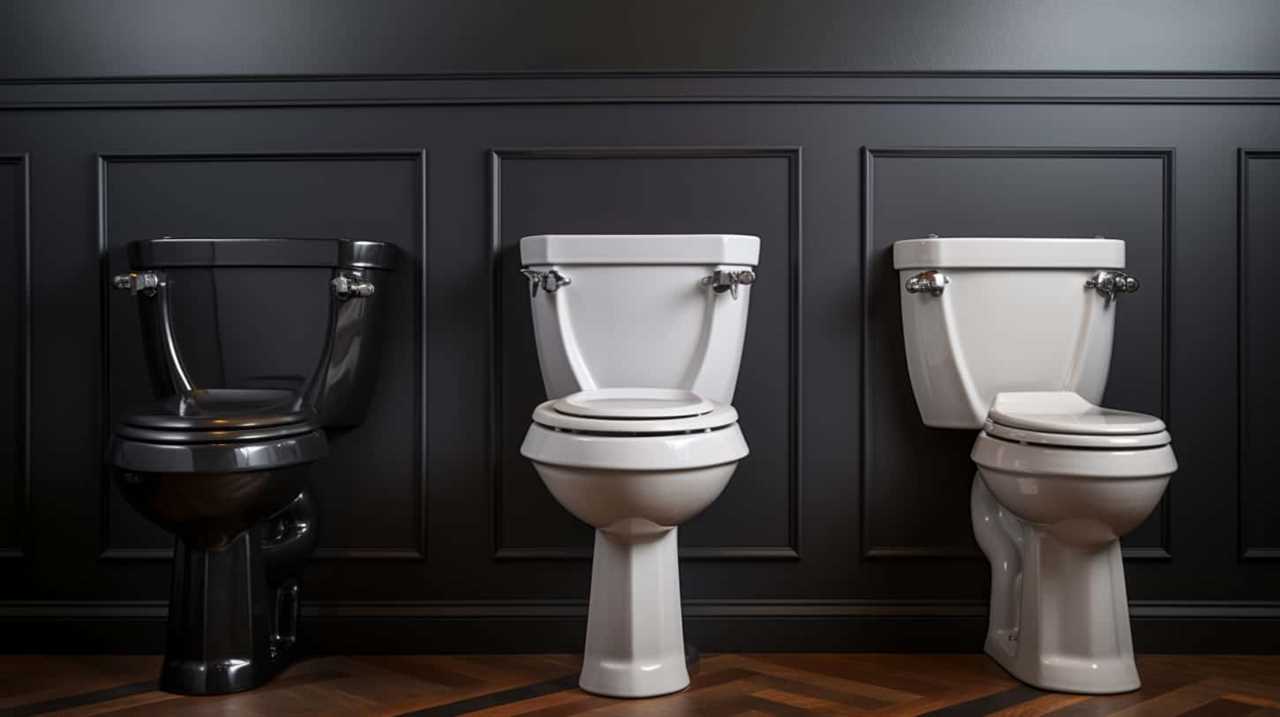
One option is to scoop the used litter into a biodegradable bag and dispose of it in the trash. Another option is to use cat litter made from natural materials, such as corn or wheat, which can be safely composted.
Proper Disposal Methods for Fresh Step Cat Litter
When it comes to disposing of Fresh Step cat litter, there are a few important points to consider.
First, it’s essential to explore safe landfill options that adhere to local regulations and guidelines.
Additionally, there are eco-friendly disposal alternatives available, such as composting or using biodegradable cat litter.
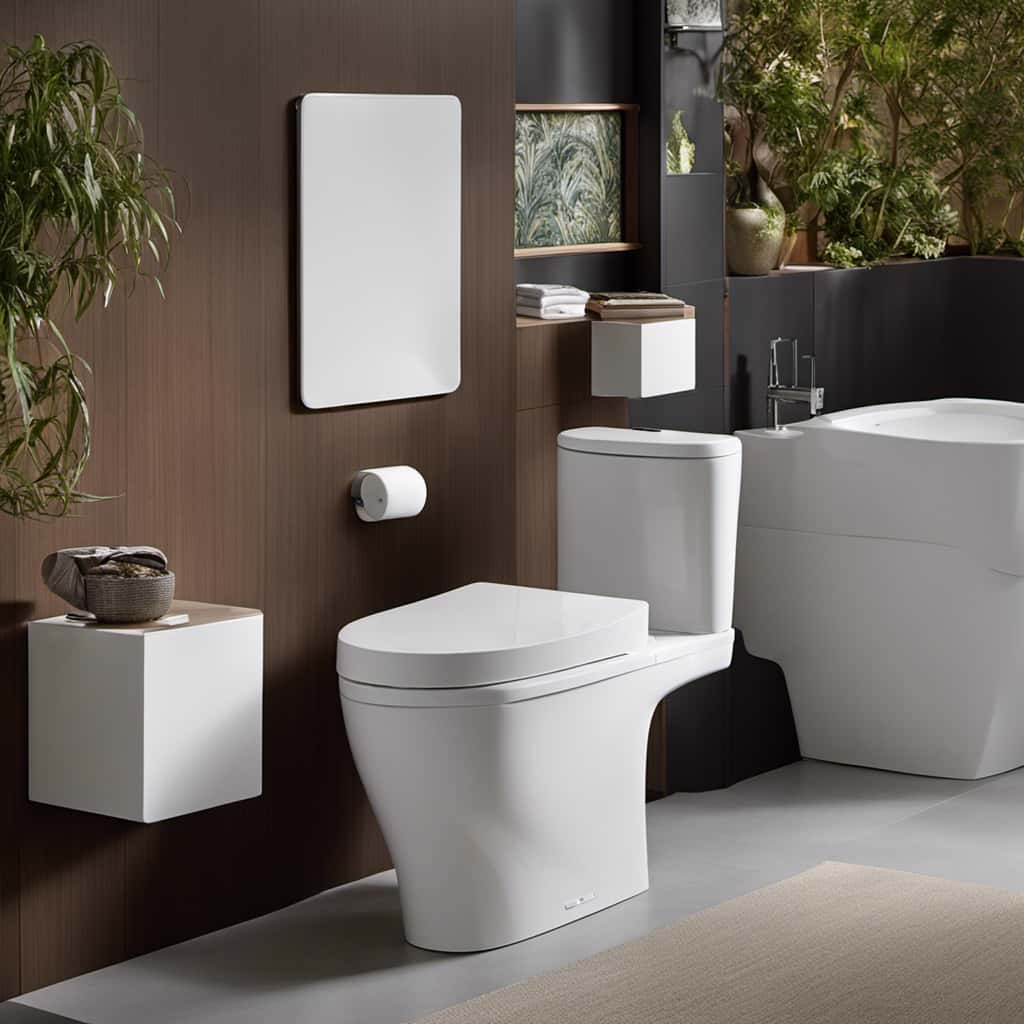
Lastly, it’s crucial to be aware of the risks and considerations associated with flushing cat litter, as it can harm plumbing systems and contaminate water sources.
Safe Landfill Options
Our recommended option for proper disposal of Fresh Step cat litter is to place it in a designated landfill. Here are four reasons why this is a safe and effective choice:
- Isolation: Landfills are designed to isolate waste materials from the environment, preventing any potential contamination of soil, water, or air. This ensures that the cat litter remains contained and doesn’t pose any harm to the ecosystem.
- Controlled environment: Landfills are carefully managed and monitored to minimize any negative impact on the environment. They’ve systems in place to collect and treat leachate, the liquid that seeps from the waste, and to capture and control any gases produced.
- Proper disposal: By disposing of Fresh Step cat litter in a landfill, you’re following the recommended guidelines for waste management. This helps to maintain cleanliness and hygiene in your surroundings.
- Compliance with regulations: Landfills adhere to strict regulations and guidelines set by environmental agencies. Choosing this option ensures that you’re in compliance with these regulations and doing your part to protect the environment.
Eco-Friendly Disposal Alternatives
One alternative for eco-friendly disposal of Fresh Step cat litter is to explore composting options. Composting is a natural process that breaks down organic materials into nutrient-rich soil.
When it comes to cat litter, it’s important to choose a biodegradable option that’s safe for composting. Fresh Step offers eco-friendly packaging and biodegradable cat litter, making it a good choice for those looking for sustainable disposal methods.
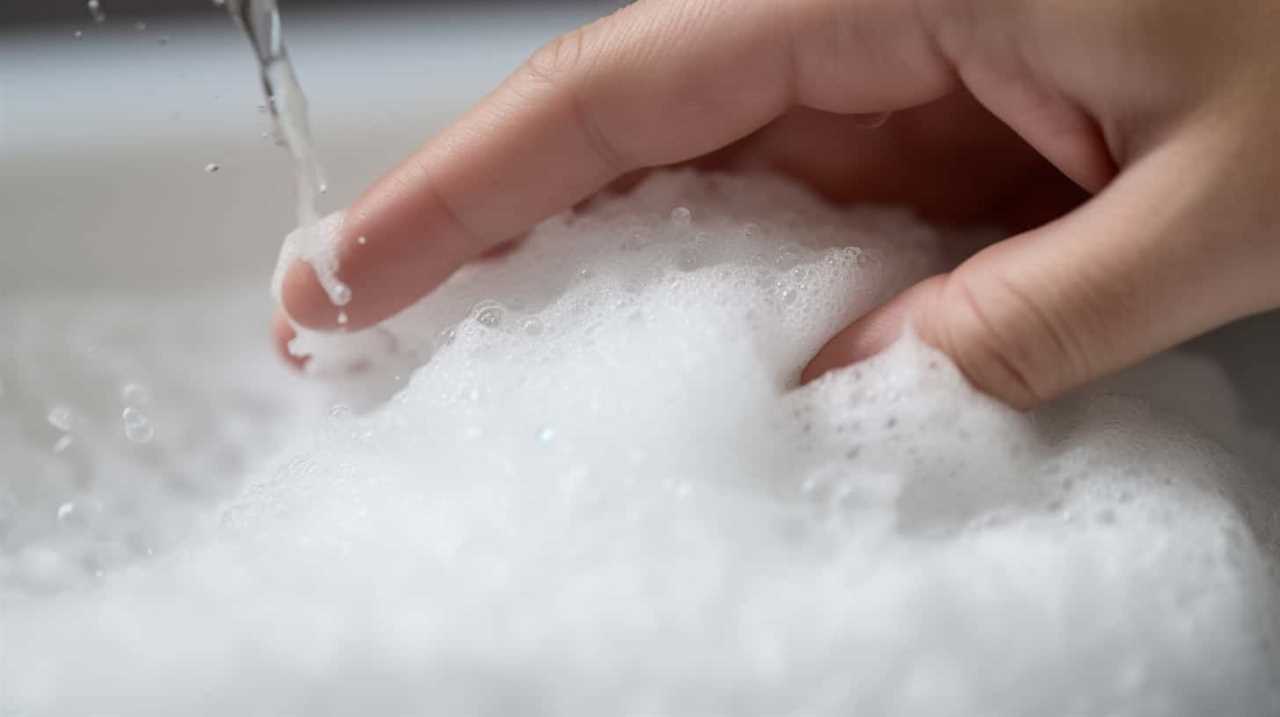
To compost Fresh Step cat litter, it’s recommended to use a separate composting bin specifically for pet waste. Make sure to follow the guidelines for composting pet waste, such as avoiding contact with edible plants and regularly turning the compost to facilitate decomposition.
Flushing Risks and Considerations
To properly dispose of Fresh Step cat litter, we need to consider the risks and considerations associated with flushing it down the toilet. Flushing cat litter may seem convenient, but it can have negative implications for both plumbing systems and the environment. Here are four important points to understand:
- Plumbing implications: Cat litter isn’t designed to dissolve in water like toilet paper. It can clog pipes, leading to expensive plumbing repairs and potential backups in your home.
- Harm to marine life: When cat litter is flushed, it can end up in rivers, lakes, and oceans. The chemicals and bacteria present in cat feces and litter can harm marine life, disrupting ecosystems and causing contamination.
- Municipal sewage systems: Many sewage treatment plants aren’t equipped to handle cat litter. It can overload the system and contribute to pollution in waterways.
- Environmental impact: Flushing cat litter contributes to the depletion of natural resources used in its production and transportation, as well as the energy required for water treatment.
Considering these risks, it’s important to explore alternative disposal methods that are safer for plumbing systems and minimize potential harm to marine life.
[Transition sentence: Now that we understand the risks and considerations associated with flushing Fresh Step cat litter, let’s move on to the next question: Is Fresh Step cat litter safe for septic systems?]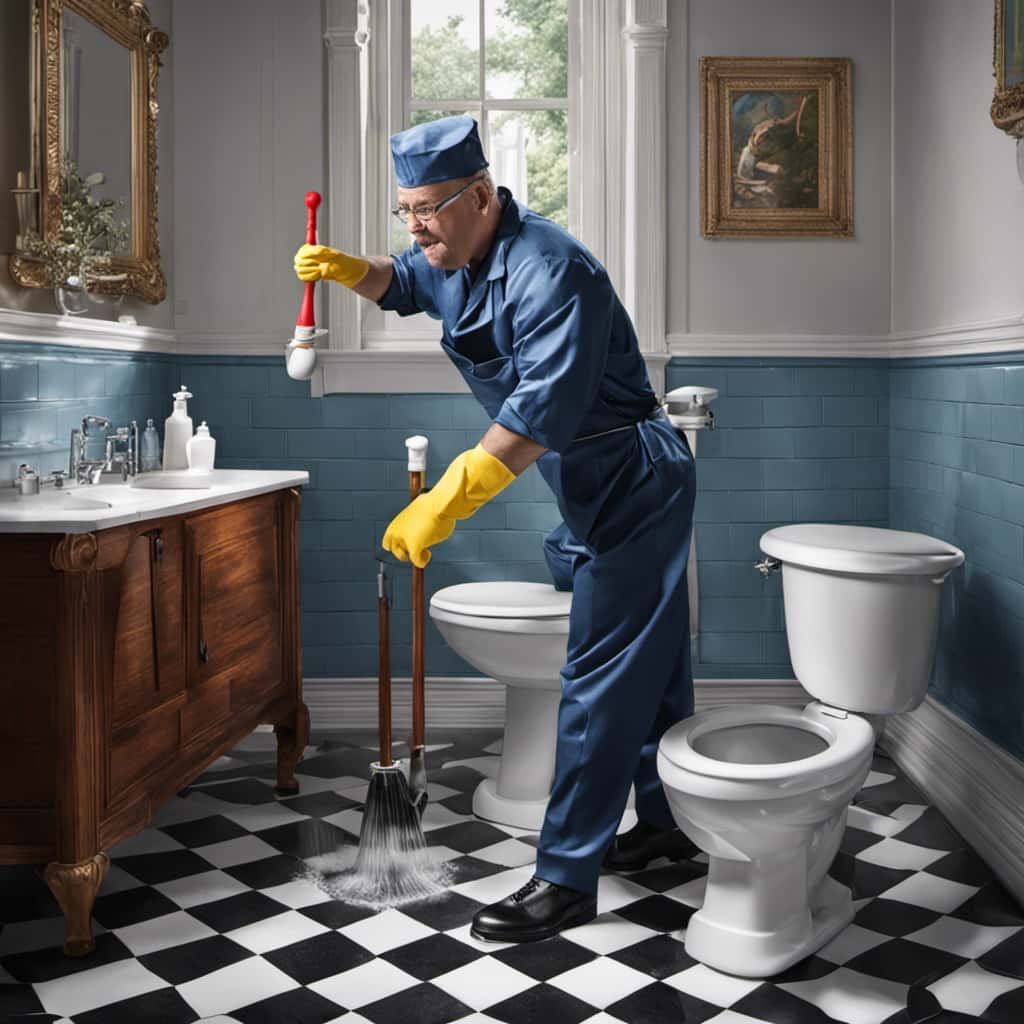
Is Fresh Step Cat Litter Safe for Septic Systems
We need to consider if flushing Fresh Step cat litter is safe for septic systems. When it comes to wastewater treatment, the impact of cat litter on septic systems shouldn’t be taken lightly.
Fresh Step cat litter is marketed as a clumping litter that’s easy to scoop and flush. However, it’s important to note that septic systems are designed to handle human waste and toilet paper, not cat litter. Cat litter can potentially clog pipes and disrupt the natural breakdown process in septic tanks. This can lead to costly repairs and maintenance.
Therefore, it’s advisable to avoid flushing Fresh Step cat litter into septic systems and instead dispose of it in the trash. This will help ensure the longevity and proper functioning of your septic system.
What Do Experts Say About Flushing Fresh Step Cat Litter
Experts advise against flushing Fresh Step cat litter into septic systems due to the potential risks it poses to the pipes and natural breakdown process.
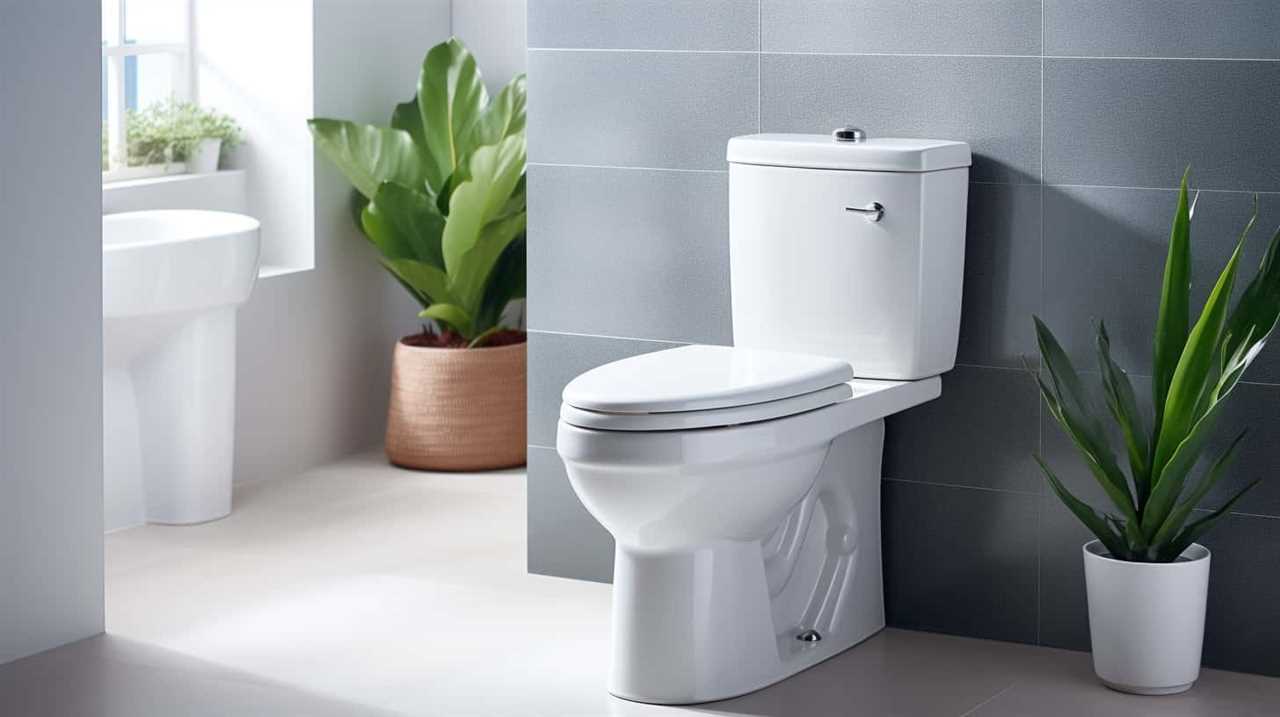
According to experts’ opinions, there are several potential hazards associated with flushing Fresh Step cat litter. These include:
- Clogging: Fresh Step cat litter is designed to clump and absorb moisture, which can lead to clogs in the septic system pipes, potentially causing backups and costly repairs.
- Harmful bacteria: Cat feces can contain harmful bacteria such as Toxoplasma gondii, which can contaminate water sources if flushed into the septic system.
- Environmental impact: Flushing cat litter can introduce non-biodegradable materials into the environment, potentially harming aquatic life and ecosystems.
- Septic system inefficiency: Fresh Step cat litter isn’t designed to break down naturally in septic systems, which may hinder the system’s ability to function properly.
Considering these potential hazards, it’s important to explore alternative methods for safe and responsible cat litter disposal.
Tips for Safe and Responsible Cat Litter Disposal
When disposing of cat litter, it’s important to consider safe and responsible methods, such as using a subordinating conjunction. Proper cat litter disposal not only helps protect the environment but also ensures the health and safety of both humans and animals. Here are some tips for safe and responsible cat litter disposal:
- Bag it: Scoop the used litter into a plastic bag and tie it securely to prevent any leakage or odor.
- Trash it: Dispose of the bagged litter in your regular household trash. Avoid throwing it in recycling bins or composting it.
- Avoid flushing: Flushing cat litter down the toilet can contaminate water sources and harm marine life.
- Follow local regulations: Check your local waste management guidelines to ensure compliance with any specific regulations or recommendations for cat litter disposal.
Conclusion: Making the Right Choice for Your Cat and the Environment
After considering the safe and responsible disposal methods for cat litter, it’s clear that making the right choice for your cat and the environment is crucial. To protect the environment and ensure the well-being of your feline companion, it’s important to make informed choices when it comes to cat litter. Here are four key factors to consider:

- Biodegradability: Opt for cat litter that’s biodegradable, as it breaks down naturally and reduces waste in landfills.
- Renewable materials: Look for cat litter made from renewable resources such as corn, wheat, or recycled paper. This helps reduce the reliance on non-renewable resources and promotes sustainability.
- Environmental certifications: Check for certifications like the Forest Stewardship Council (FSC) or the EcoLogo, which indicate that the cat litter meets certain environmental standards.
- Proper disposal: Always follow the recommended disposal methods for your chosen cat litter. Whether it’s composting, flushing (if safe), or bagging and disposing in the trash, ensure you’re taking the appropriate steps to protect the environment.
Frequently Asked Questions
Can Flushing Fresh Step Cat Litter Cause Any Damage to My Plumbing System?
Flushing Fresh Step cat litter can cause damage to plumbing systems and pose risks to septic systems. It is important to consider toilet compatibility and avoid flushing cat litter, as it can lead to clogs and costly repairs.
Are There Any Specific Types of Toilets or Plumbing Systems That Are Not Compatible With Flushing Fresh Step Cat Litter?
To ensure toilet and plumbing system compatibility, it’s important to consider the type of toilet and plumbing you have before flushing Fresh Step cat litter. Not all toilets and plumbing systems are designed to handle this type of waste.
Is There a Risk of Clogging My Septic System if I Flush Fresh Step Cat Litter?
There is a risk of clogging your septic system and causing damage to your plumbing if you flush Fresh Step cat litter. It is important to dispose of it properly in the trash.
Can Flushing Fresh Step Cat Litter Create Any Unpleasant Odors in My Bathroom or Septic System?
When flushing Fresh Step cat litter, there is a potential for unpleasant odors in your bathroom or septic system. Additionally, it may cause damage to your plumbing system. It is important to consider these factors before deciding to flush the litter.

Are There Any Special Precautions or Steps I Should Take When Flushing Fresh Step Cat Litter to Ensure It Is Done Safely and Responsibly?
When flushing Fresh Step cat litter, it’s important to take precautions to ensure safety and environmental responsibility. Consider using environmentally friendly alternatives instead of flushing, like compostable litter or disposing of it in a sealed bag.
Conclusion
In conclusion, it isn’t recommended to flush Fresh Step cat litter down the toilet. Although it may seem convenient, flushing cat litter can lead to clogged pipes and damage to septic systems.
Additionally, the environmental impact of flushing cat litter is significant, as it can contaminate water sources and harm marine life.
It’s best to explore alternatives for safe and responsible cat litter disposal, such as using biodegradable options or following local waste management guidelines.
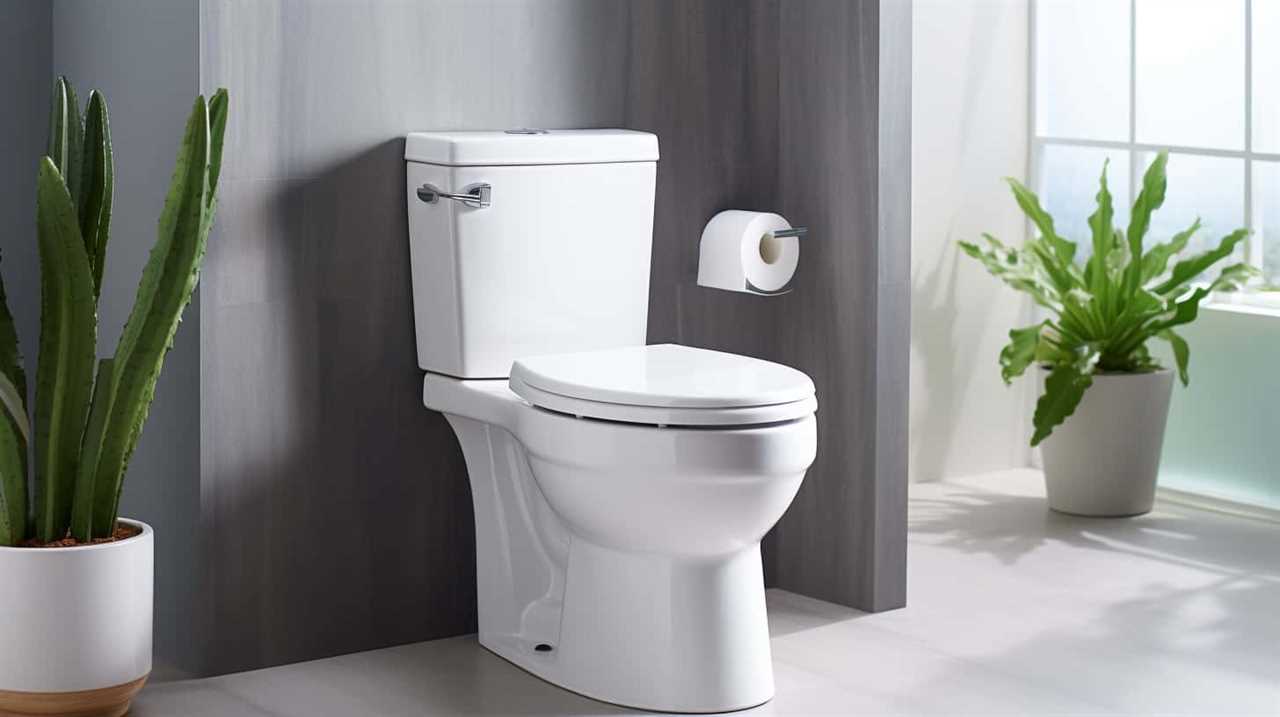
Make the right choice for your cat and the environment by disposing of cat litter properly.



